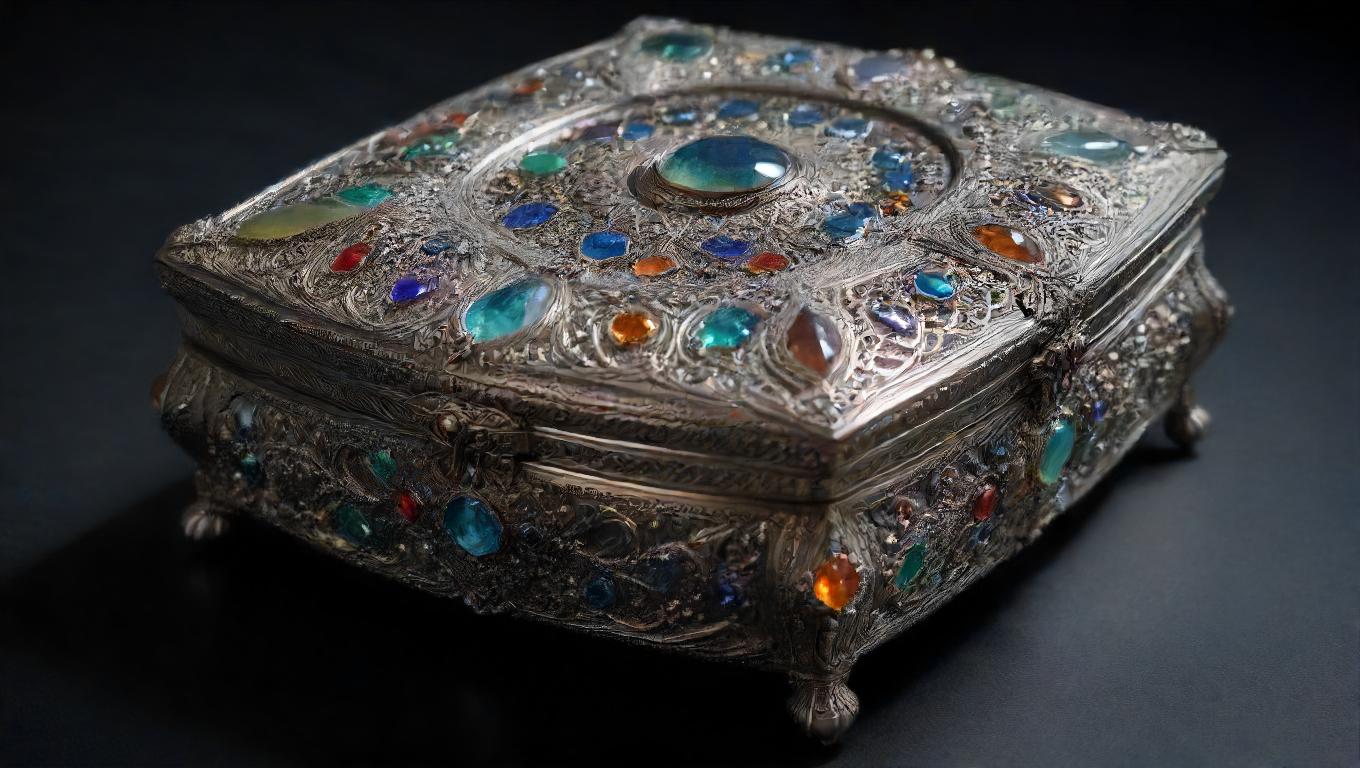
Triclinic Crystal System
The triclinic crystal system is one of the seven crystal systems in crystallography. It is characterized by three unequal axes that are all inclined to each other at oblique angles. This means that all three angles (α, β, and γ) are different and not 90 degrees.Characteristics of Triclinic Crystals
- Three unequal axes: a ≠ b ≠ c
- Three oblique angles: α ≠ β ≠ γ ≠ 90°
- Low symmetry: Only a center of symmetry is present.
- Often complex shapes: Triclinic crystals can have a variety of complex shapes, including irregular prisms and pyramids.
Examples of Triclinic Minerals
Many common minerals crystallize in the triclinic system, including:- Microcline: A feldspar mineral with a triclinic structure.
- Kyanite: A blue metamorphic mineral with a triclinic structure.
- Turquoise: A blue-green gemstone with a triclinic structure.
- Rhodonite: A pink or red manganese silicate with a triclinic structure.
- Axinite: A brown or green silicate mineral with a triclinic structure.
Identifying Triclinic Crystals
Identifying triclinic crystals can be challenging due to their low symmetry and complex shapes. However, the following characteristics can help:- Lack of symmetry: Triclinic crystals typically have no visible planes of symmetry.
- Oblique angles: The angles between the crystal faces are not 90 degrees.
- Unique crystal forms: Some triclinic crystals have unique forms that are not found in other crystal systems.